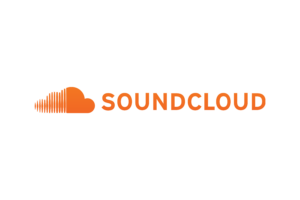Haunted houses and spooky attractions are designed to scare, but not injure. Yet every October, people are hurt in avoidable accidents caused by unsafe conditions — poor lighting, slippery floors, overcrowding, or hazards hidden in the dark.
Under Florida law, businesses that open their doors to the public must maintain a reasonably safe environment. When they fail, it becomes a matter of premises liability.
Common Haunted House Injuries
- Slips, trips, and falls from fog machines or loose flooring
- Panic-related injuries due to overcrowding
- Unsafe props or electrical hazards
- Fire code violations (blocked exits, overloaded circuits)
Organizers have a legal duty to inspect the property, warn guests of dangers, and prevent foreseeable harm. “It’s all part of the show” is not a valid excuse for negligence.
What to Do If You’re Hurt
- Report the injury immediately to management.
- Take photos or videos of the scene.
- Get witness names and statements.
- Seek medical attention right away.
The sooner you document what happened, the stronger your case will be.
The Legal Perspective
Premises liability doesn’t just apply to homeowners — it includes commercial spaces, nonprofit events, and temporary pop-ups. Even if you signed a waiver, that doesn’t mean organizers are exempt from their legal duties.
The post When Haunted Houses Go Wrong: Understanding Premises Liability During Halloween Events appeared first on The Injury Advocates.




